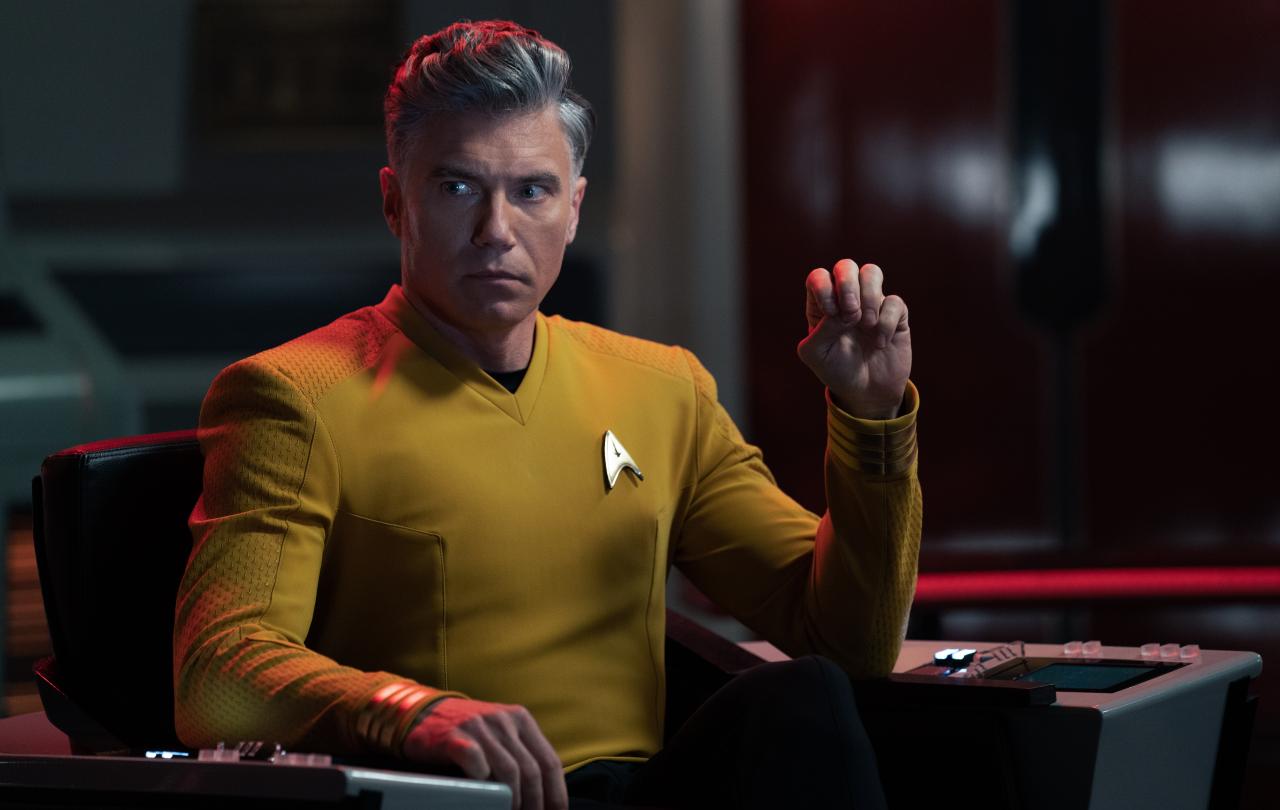
Every new Archbishop of Canterbury has a honeymoon period, before this impossible job ends in tears. The priority should not really be who does it, as what it is they’re doing. As it is, they’ll have to spin too many plates, until one or more fall off their poles and it all ends in tears again.
Sorry to be such a Jeremiah, such a prophet of doom. This column isn’t going to be a gloomy one, promise. Rather, I’d just like to say that Sarah Mullally, in her translation from the bishopric of London to the archbishopric of Canterbury, represents something more than a triumph in a gender war.
Very little coverage of her appointment so far has got beyond the historicity of it. Wow, it’s a woman for the first time in the Church of England’s half-millennium. Yes, that’s the news hook, and yes it’s astonishing, both in good and less good ways. But we should scrutinise for a moment what a female distinctly brings to the Anglican party.
Without this becoming a rehearsal of the past 20 years of women’s ordained ministry in the UK, it may be sufficient to say that it must be a whole lot more than having a primate for the first time without a Y chromosome. So what is it when we ask a woman, specifically, to perform this role?
We have to look to history to scrutinise the question. First of all, if we accept scripture as history – either as metaphor or literal record – then women’s apostleship has been there from the very beginning. The first witness to the risen Christ on the first Easter morning, Mary of Magdala, was instructed to go and tell her brothers and sisters what she had seen. You don’t get a bigger apostolic mission than that, the apostle to the apostles.
Women facilitated and bankrolled the nascent Jesus movement in Asia Minor. Wealthy people such as Lydia, a purple-dye merchant. Others get name-checked for financial and material support such as Joanna and Susanna. There was no word “deaconess” in the early Church, only deacons, and Phoebe was one in Rome, to whom St Paul wrote. These were the very foundations, the cornerstones on which women’s priesthood was built. I couldn’t be a priest in a Church that didn’t ordain women.
But, again, that only gets us so far. It doesn’t tell us what is distinct about women’s witness, let alone women’s episcopacy. For that, one might need to look to the tradition of medieval mysticism, women such as the anchoress Julian of Norwich, or Margery Kempe whom she mentored. When the latter wasn’t annoying everyone by wailing in ecstasy (the “gift of tears”), they and others opened a via feminina as a route to encountering the godhead.
The self-sacrificial nature of Christ was consequently co-extended, along with the foundational figure of Mary and the divinity of her motherhood, with nurturing and the bringing forth of new life. The Church Fathers couldn’t hold on forever to gender specificity (though it took long enough) and the women brought us a more holistic experience of the divine.
It may be that a first woman Archbishop of Canterbury has to step up to this plate. No pressure then. What I think I mean is that there is a distinctive and authentic thread of women’s witness throughout history. So this isn’t just about a historic moment for women, it’s about womanhood. When Teresa of Avila founded a tradition of reformed Carmelite monasteries in the 16th century, she wasn’t just an indefatigable woman, she was standing up to and against the patriarchy of Rome.
It’s anachronistic to call these Mothers of the Church feminists, but they point to the feminity of God and that is something ontological for Mullally to consider, not just a chromosomal novelty. It makes her job very different from the political sphere. From Margaret Thatcher to Kemi Badenoch, Angela Rayner and Shabana Mahmood, top political women have not exactly had to pretend they’re men, but have had to emulate them. Wisecrackers used to say of Thatcher’s all-male cabinet that she was the best man amongst them.
That is not Mullally’s task. Women’s sacramental ministry is distinct from men’s and inauthentic if not lived as such. She needs to find a voice that is congruent with some of those mentioned above and it’s a prophetic voice, not simply priestly.
To do so, she’ll need to break with the bureaucracy and managerialism of the Church, which led to our churches being locked up during the covid pandemic and the parlous state of its safeguarding, which cost her predecessor his job. Mullally led on both those issues.
So this is a big moment for our Church, not just because she’s a woman, but for women’s prophecy. Can she do it? We hope so.
Support Seen & Unseen
Since Spring 2023, our readers have enjoyed over 1,500 articles. All for free.
This is made possible through the generosity of our amazing community of supporters.
If you enjoy Seen & Unseen, would you consider making a gift towards our work?
Do so by joining Behind The Seen. Alongside other benefits, you’ll receive an extra fortnightly email from me sharing my reading and reflections on the ideas that are shaping our times.
Graham Tomlin
Editor-in-Chief





